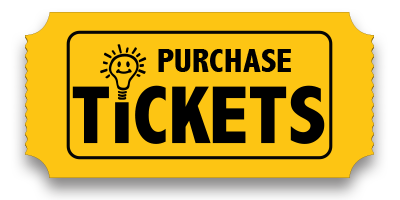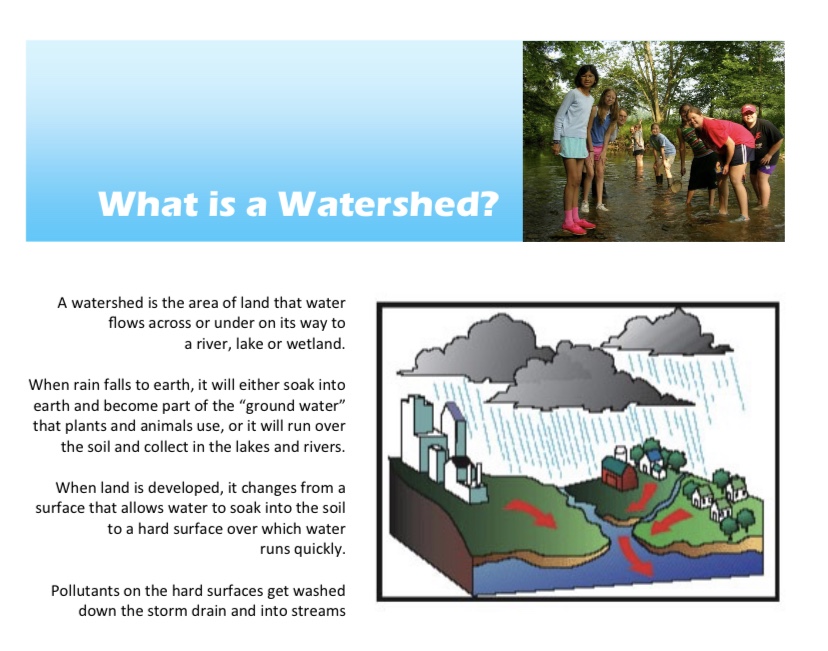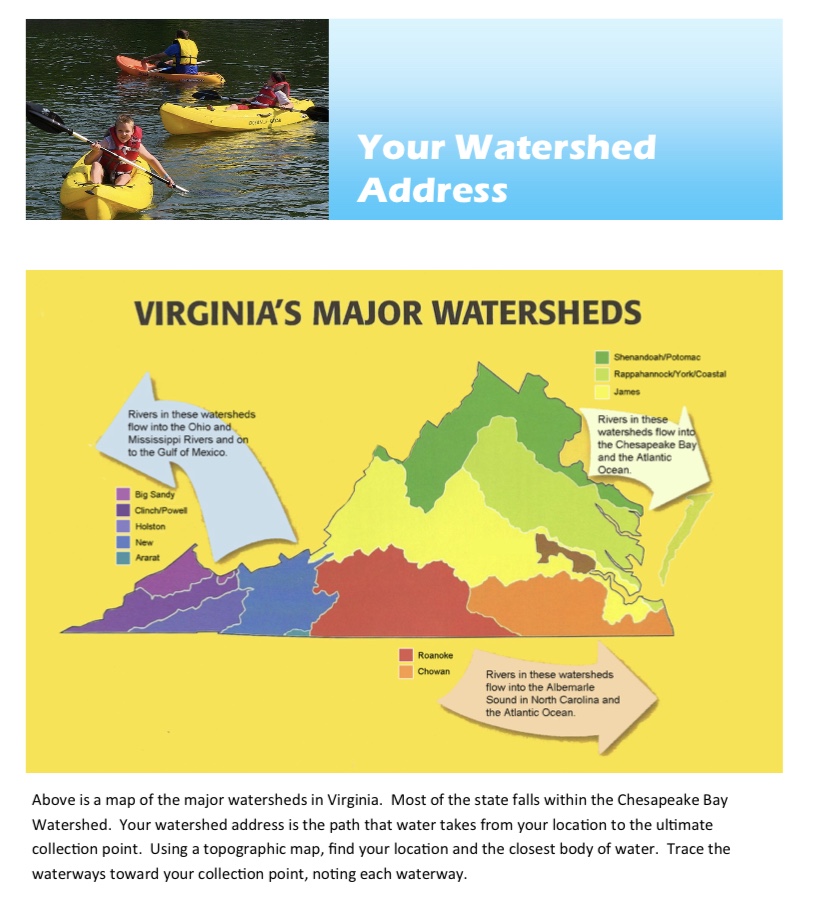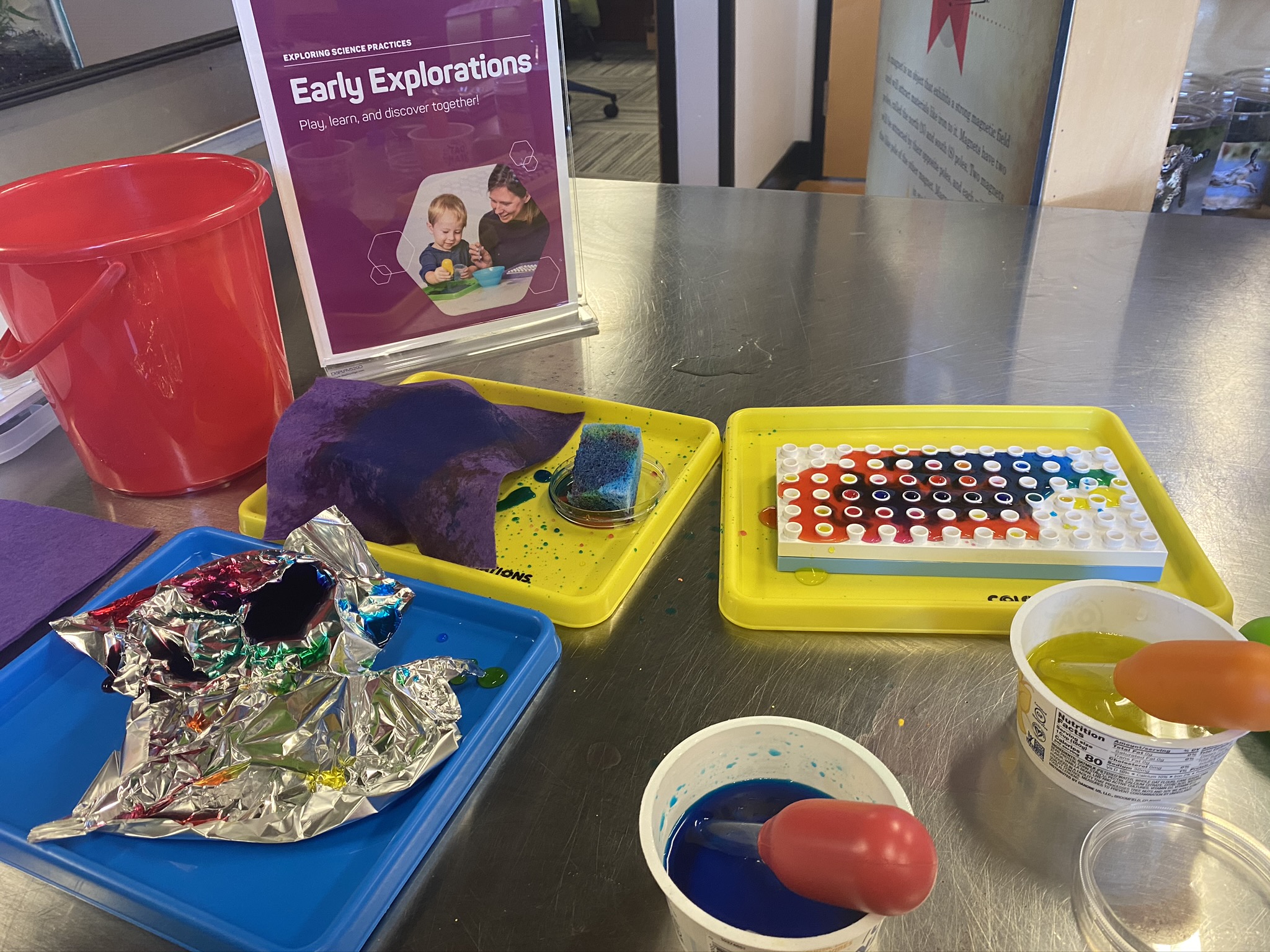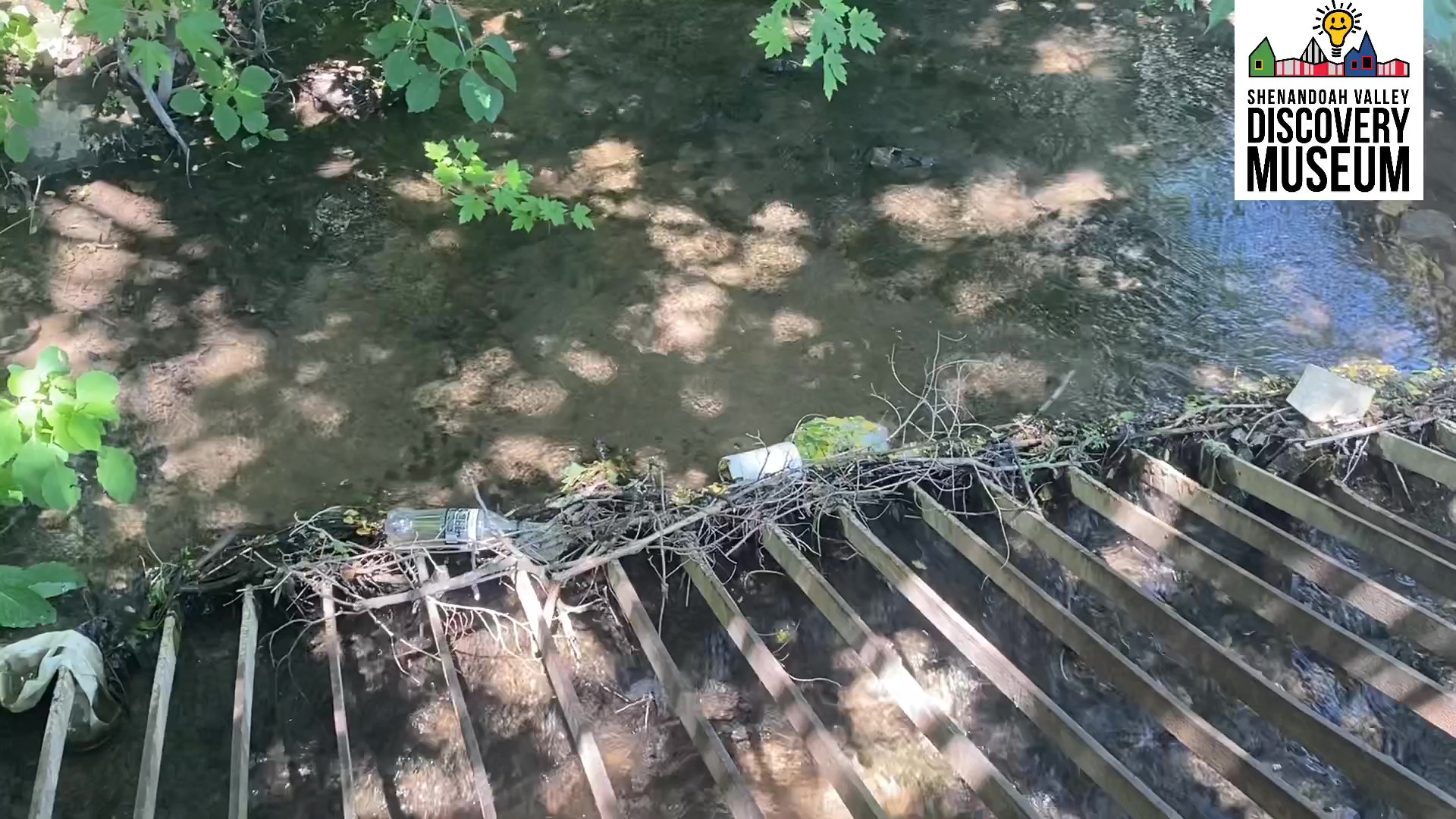Fishy Friends and Watersheds

Fishy friends need clean water too! Today, we take a journey with Dr. Diane and Mr. Rick as we discover our watershed address on the way to releasing trout at Redbud Run through our Trout in the Classroom Program! We also discover that we all live downstream and we all need to do our part to keep the water clean. Plus we PLAY, exploring fish and water through art, games, and books! Below are activities that all have a Fishy Friends and Watersheds theme. These activities include things that will help your child develop fine and gross motor skills, problem-solving and engineering skills, and can help them engage in cooperative play, while fostering creativity and perseverance. Each theme also comes with recommended literature and movie connections. Feel free to throw in your own activities that might relate, and don’t forget to post your results to social media and tag @discoverymuse to share with everyone else!
What is a Watershed Address?
As Dr. Diane discovered as she traveled from the trout’s location at the Shenandoah Discovery Museum to the release point at Redbud Run, water happens upstream impacts the quality of the water downstream. The Shenandoah Valley Discovery Museum’s watershed address is:
- Shenandoah Valley Discovery Museum
- Town Run
- Abrams Creek
- Opequon Creek
- Potomac River
- Chesapeake Bay
- Atlantic Ocean
What’s YOUR watershed address? You can look it up at USGS: Science For a Changing World.
Want to know more about our Fishy Friends?
Each year the Discovery Museum participates in Trout Unlimited’s Trout in the Classroom program. Trout in the Classroom is a unique conservation-oriented education program that engages K-12 students in local ecology and stream health, trout life cycles and biology, and the delicate balance of a local ecosystem.
In October, Trout in the Classroom delivered fertilized trout eggs to the Discovery Museum. The eggs hatched in an aquarium equipped with a special chiller designed to keep the water near 50 degrees F. If you’ve visited the Shenandoah Valley Discovery Museum during the last six months, you’ve seen our brook trout go through part of their life cycles, hatching from eyed eggs and moving through the alevin and fry stages to become fingerlings. While at the museum, you may even have helped Mr. Rick as he took daily water temperature measurements and monitored water pH and ammonia levels with test kits.
There are still approximately 12 brook trout growing in the aquarium at the Shenandoah Valley Discovery Museum, waiting for you to come visit them when we reopen. These trout will be released locally into Red Bud Run this September. If you are interested in bringing Trout in the Classroom to your school community, please check out their website.
Science Demo: Point and Non-Point Source Pollution
What are things that pollute our watershed? What can we do to protect our watershed? In this demonstration, Trevor the Trout is having a no good, very bad day. As we follow along with Dr. Diane, we discover that the things we do affect the people and animals (and fish) who live downstream from us. What can we do to ensure that the water is clean all along our watershed address?
Science Challenge:
Fill a tub with water. Add “pollutants” to the water. You might add pieces of a plastic cup for litter, raisins for cow poop, dish soap or vegetable oil for factories, dirt and mulch for farm run off, etc. Now try to clean the water. What will you use? Can you make a filter using things like funnels, coffee filters, and panty hose? What other household items can you use to try to clean the water? See if you can filter the water to make one clean cup.
One Fish, Two Fish, Red Fish, Blue Fish Art/Fine Motor Activities:
After reading One Fish, Two Fish, Red Fish, Blue Fish by Dr. Seuss, you can create your very own fish.

- Directions for making beautiful fish can be found here.
- You can also create an ABC fishing game using One Fish, Two Fish.
Physical Activities:
Get some of those wiggles out while learning a little about our fishy friends and your watershed address.
Fishy Pokey — This is played like the Hokey Pokey, except you substitute fishy parts as you sing
Put your left fin in, take your left fin out. Put your lift fin in and you shake it all about.
You do the fishy pokey and you turn yourself around. That’s what its all about. (Clap, clap)
Put your right fin in, take your right fin out (etc.)
You can add gills, eyes, scales, etc.
How Does Water Flow? A Fun Exploration for Small and Big Friends
Take a Nature Walk and discover your own watershed address. Can you find sources of water near you? Where do they come from? Where do they go? What can you as a family do to help keep them clean?
Conversation Starters and Research Questions
- Let’s dive deeper into what a watershed is. Learn more about what watersheds are here. What is your watershed address? What can you do to help reduce non-point source pollution in your watershed address?
- The water that leaves our houses and schools through the toilets, sinks, and bathrooms is treated at a waste water treatment plant before being released back into the rivers. From River to Faucet gives you a bird’s eye view at how wastewater is cleaned and treated in Winchester, VA. You can also get a down and dirty view of what sewage and waste water treatment plants do in this video.
Movie/Literature Connections
Because we know you’re stuck at home with limited access to movies and books, we tried to compile a list that connects to today’s theme that you might already have in your collection or be able to access online.
- Reading Rainbow also has a full episode devoted to the weather and water of Come A Tide.
- The Rainbow Fish by Marcus Pfeister (read by actor Ernest Borgnine)
- This is Not My Hat by Jon Klassen
Movies:
- Finding Nemo
- Finding Dory
- Free Willy
- Dolphin Tale
- The Little Mermaid
